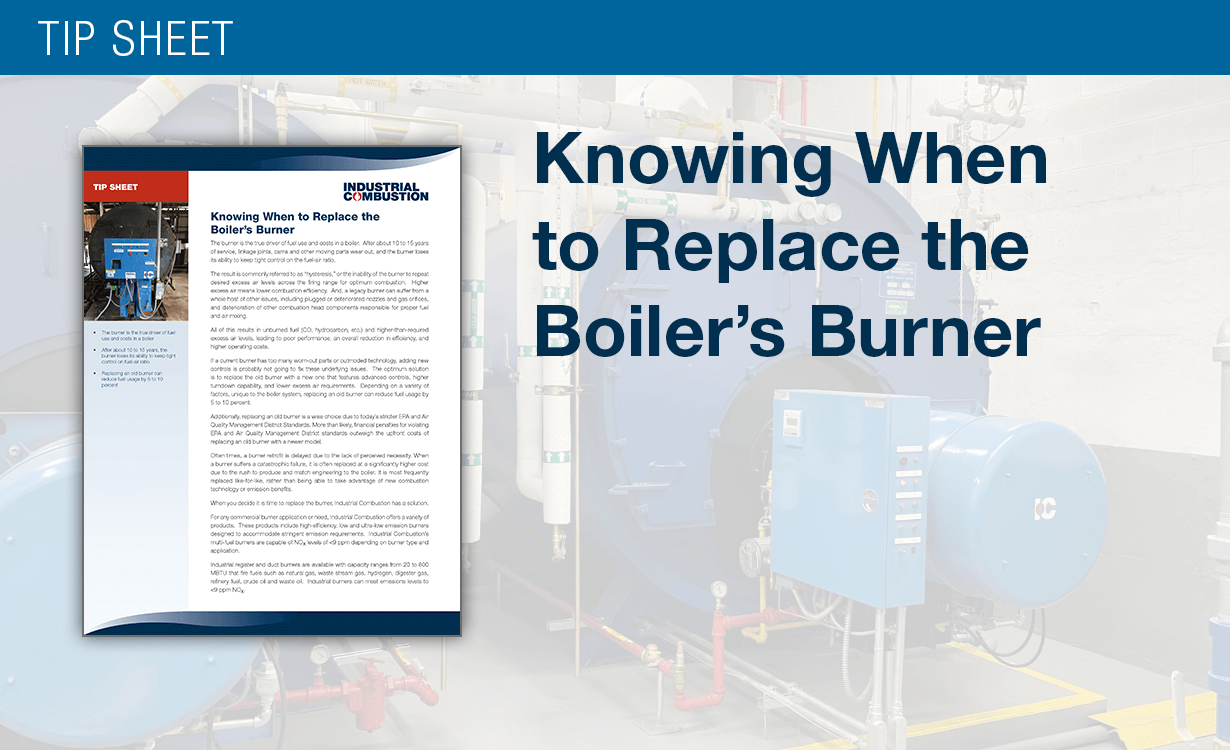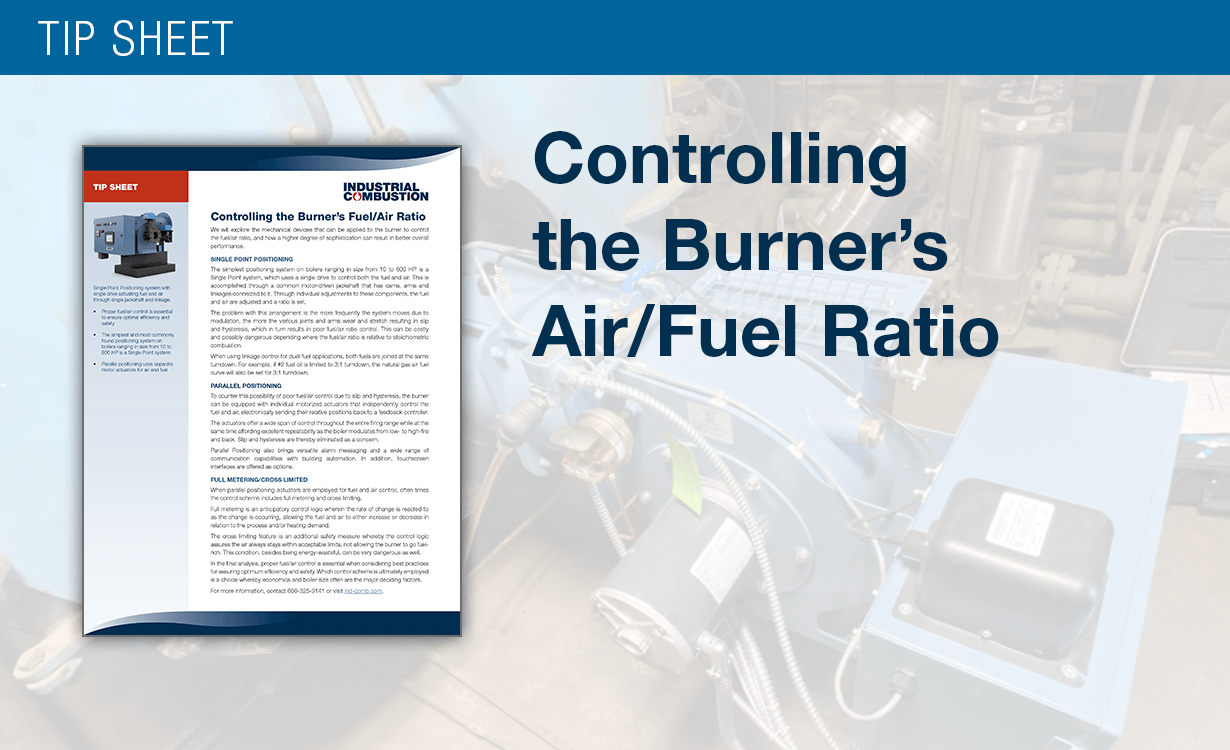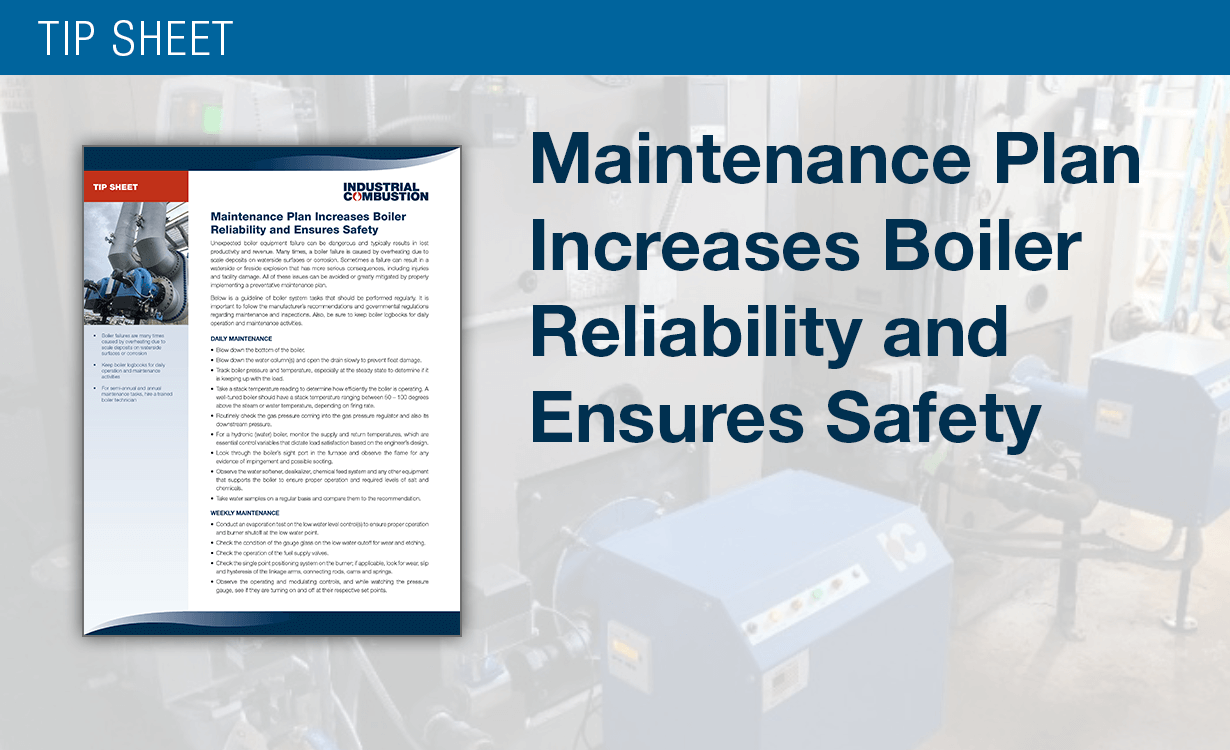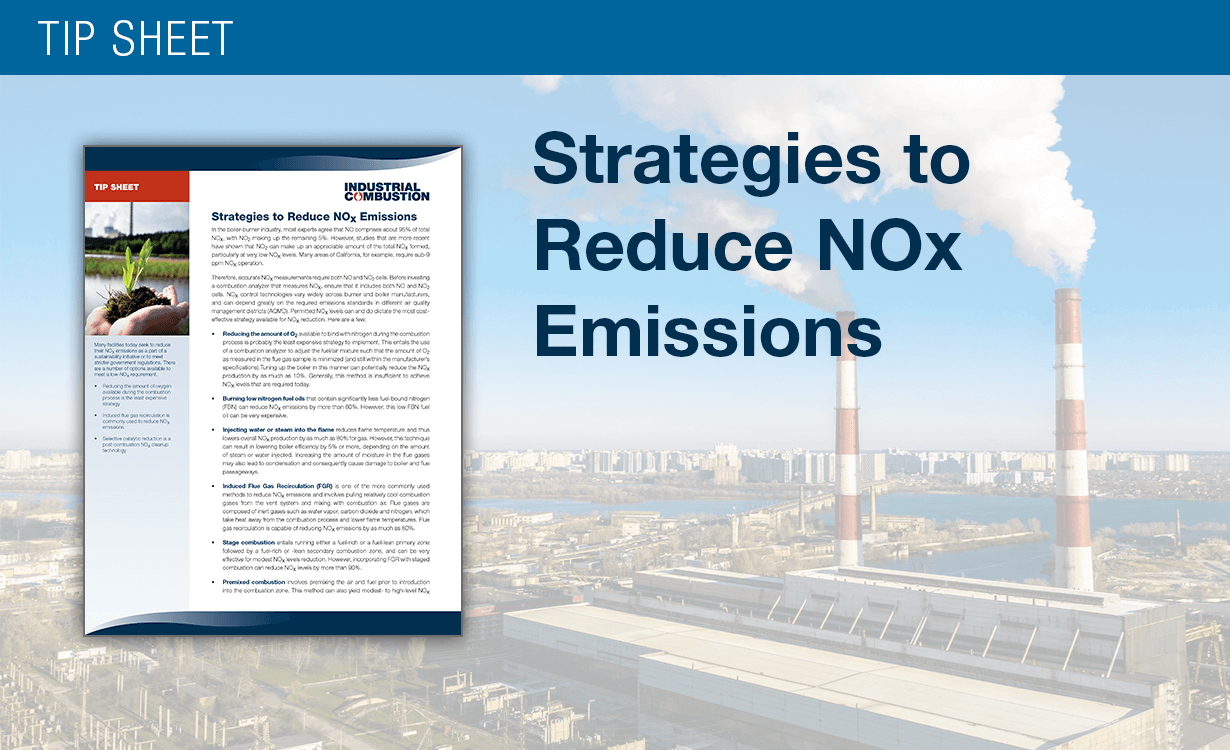{{ 'Replacing Boiler Burners' | limitTo: 50 }}
The burner is the true driver of fuel use and costs in a boiler. After about 10 to 15 years of service, linkage joints, cams and other moving parts wear out, and the burner loses its ability to keep tight control on the fuel-air ratio.





.png)